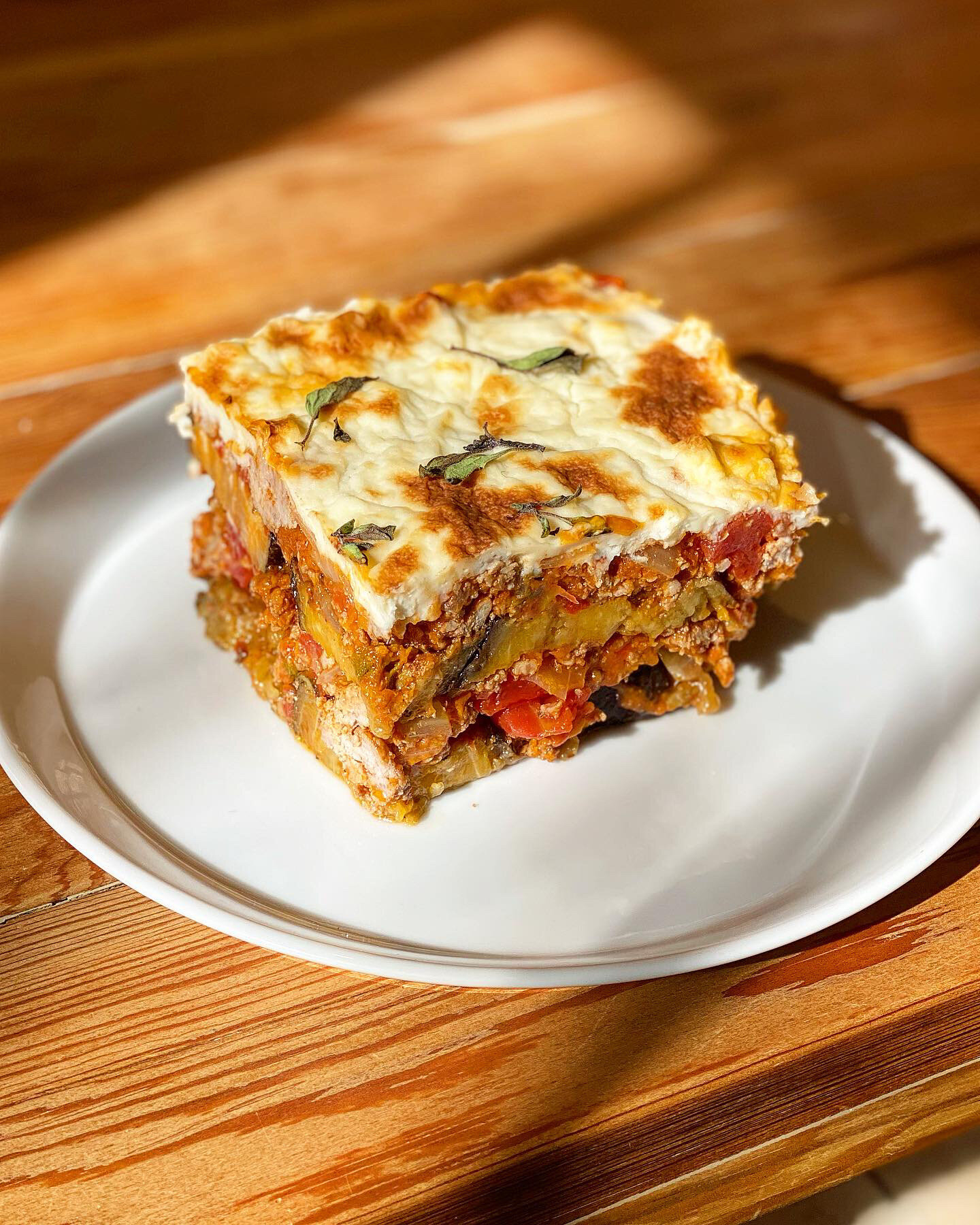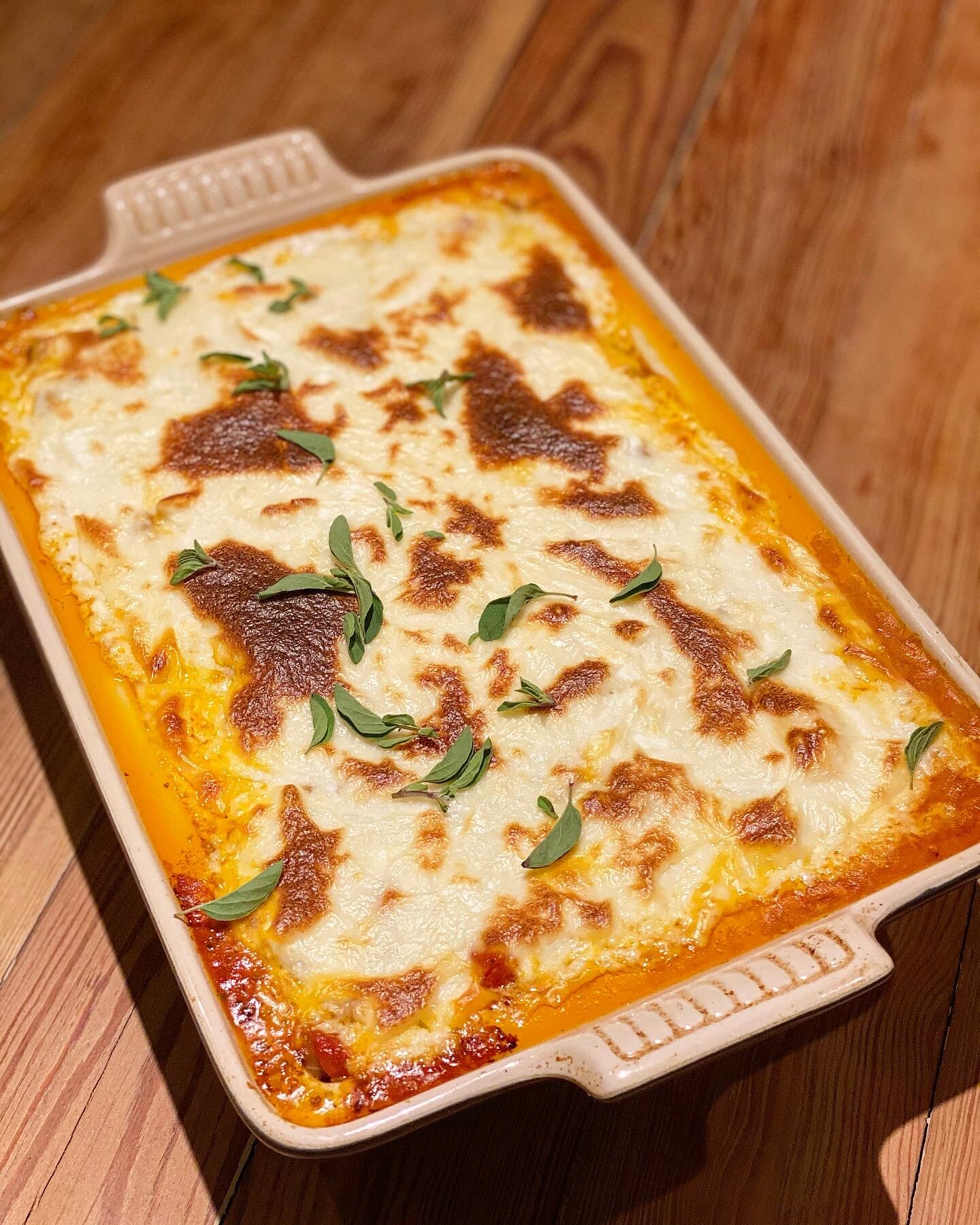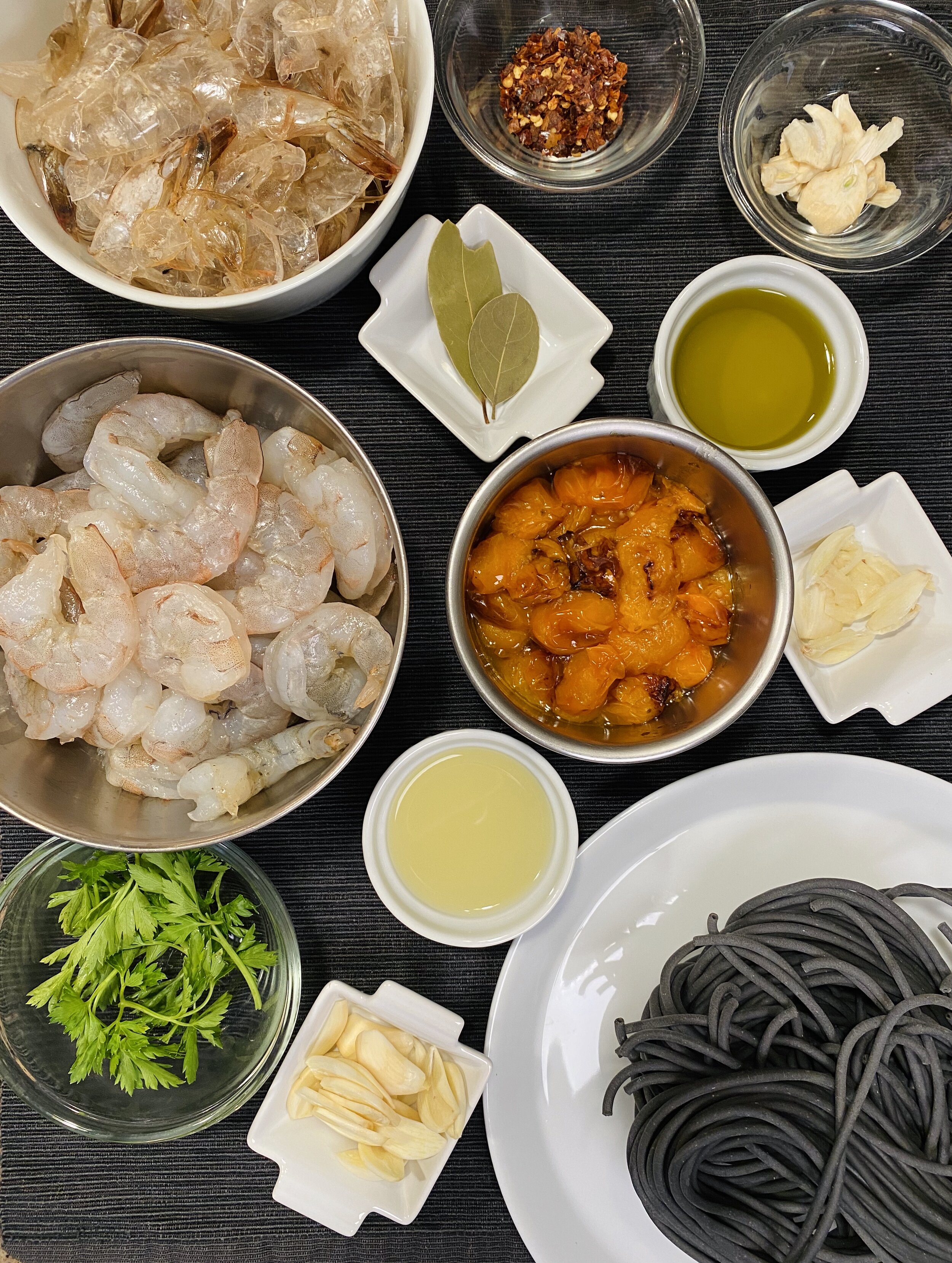I make meatballs of all kinds very frequently. Check my IG feed and you’ll see all shapes, sizes, and flavors of Kofta, SE Asian inspired Shrimp & Chicken, classic Italian with the trinity (veal, beef, pork), I could go on and on. It’s one of my favorite forms of food to make and Mark’s to eat. This recipe could be a riff on “Spaghetti & meatballs” but in reality it was born of me just wanted to bring together some of my favorite flavors, as it turns out that means there are a lot of hyphens required when you try to title this dish. Miso, ginger, and garlic is one of the best flavor combos on the planet (IMHO) and with pork as a vehicle it’s a guaranteed umami mega hit. The high panko content of these, which is intended to absorb and thereby retain all the flavor in the mixture, also acts to make these meatballs light, and almost fluffy, so it’s easy to scarf down quite a few. I also am obsessed with all kinds of sambal, there are all kinds ranging from sauces to pastes, but most always based in chilies and vinegar, and I love every single one. Sambal brings heat and bracing astringency to any dish and when combined with the acid and heat of tomato, it’s electric. I also love the richness that coconut milk brings to any dish and the luscious texture and mild flavor is the perfect balance to all the umami, heat, bite, and acid. The meatballs themselves would go well in many other dishes; salad, congee, soup, or even chilled noodles, so they can be made and enjoyed however you like. Enjoy!
INGREDIENTS
Meatballs
Makes roughly 24, 2” round meatballs, freeze any extra for another dish.
2 pounds ground pork
¼ cup white miso paste (+ more to taste)
⅓ cup garlic, minced (honestly I probably used more)
1 medium yellow onion
⅓ cup ginger minced
1 tsp. Ground black pepper (+more to taste)
1 tsp. Ground white pepper
1 ½ cups panko breadcrumbs
Canola oil for frying
Sauce & Noodles
6 scallions, finely chopped (some greens reserved for garnish)
1 Tbsp garlic, minced
3 heads baby bok choy, rinsed well, leaves separated
You can substitute any green that quick braises relatively well like mustard greens, mizuno, even spinach.
1 lb of your favorite dry rice or wheat noodle
24 oz strained tomatoes (passata)
¼ cup sambal oelek (or more if you can take the heat)
13.5 oz. (1 can) coconut milk
1 Tbsp. neutral oil
RECIPE PREPARATION
Meatballs
In a mini food processor, pulse onion, garlic, ginger, and miso until a wet paste forms.
In a large bowl, combine pork, onion paste, and peppers, working with your hands until evenly combined. The mixture should be almost wet, don’t worry!
Add panko covering meat evenly to avoid clumps, then work in with your hands until evenly incorporated.
Form ~2” diameter meat balls and place on a lined tray.
Chill for at least 15 minutes in the freezer or up to 6 hours in the refrigerator.
Preheat oven to 350°F
Fill a high-sided frying pan with canola oil 1-1 ½” depending on the size of the meatballs.
Heat oil until shimmering.
Carefully add meatballs in batches avoiding splashing and crowding.
Fry for 1 minute, then using a slotted metal spoon move the meatballs around, turning them over until they are golden. This will happen faster than you think because of the high panko and onion content.
Once golden, remove with the slotted spoon allowing the excess oil to drip away, and place on a lined baking sheet.
Once all meatballs are golden, place in the oven and bake for ~15 minutes or until cooked through. Lower heat and keep warm until you’re ready to serve.
Sauce & Noodles
In a medium saute pan, over medium heat, heat 1Tbsp neutral oil until it just starts to shimmer.
Add garlic and scallions and cook ~4 minutes until scallions are fragrant and begin to break down, stir often so the garlic does not burn.
At the same time, bring a large pasta pot of water to boil.
Add sambal, strained tomatoes, and coconut milk to garlic and scallions, mix in until well combined, lower heat and allow to simmer until smaller bubbles begin to form.
Add baby bok choy, submerge the leaves, and braise until tender ~4 minutes, stir as needed.
While sauce simmers, cook noodles, removing just a minute or two before it finishes cooking, when it still has some tooth, and add to warm sauce to absorb as much flavor as possible.
Transfer sauce with noodles to a serving bowl, top with meatballs, and garnish with reserved scallion greens and cilantro.
















































